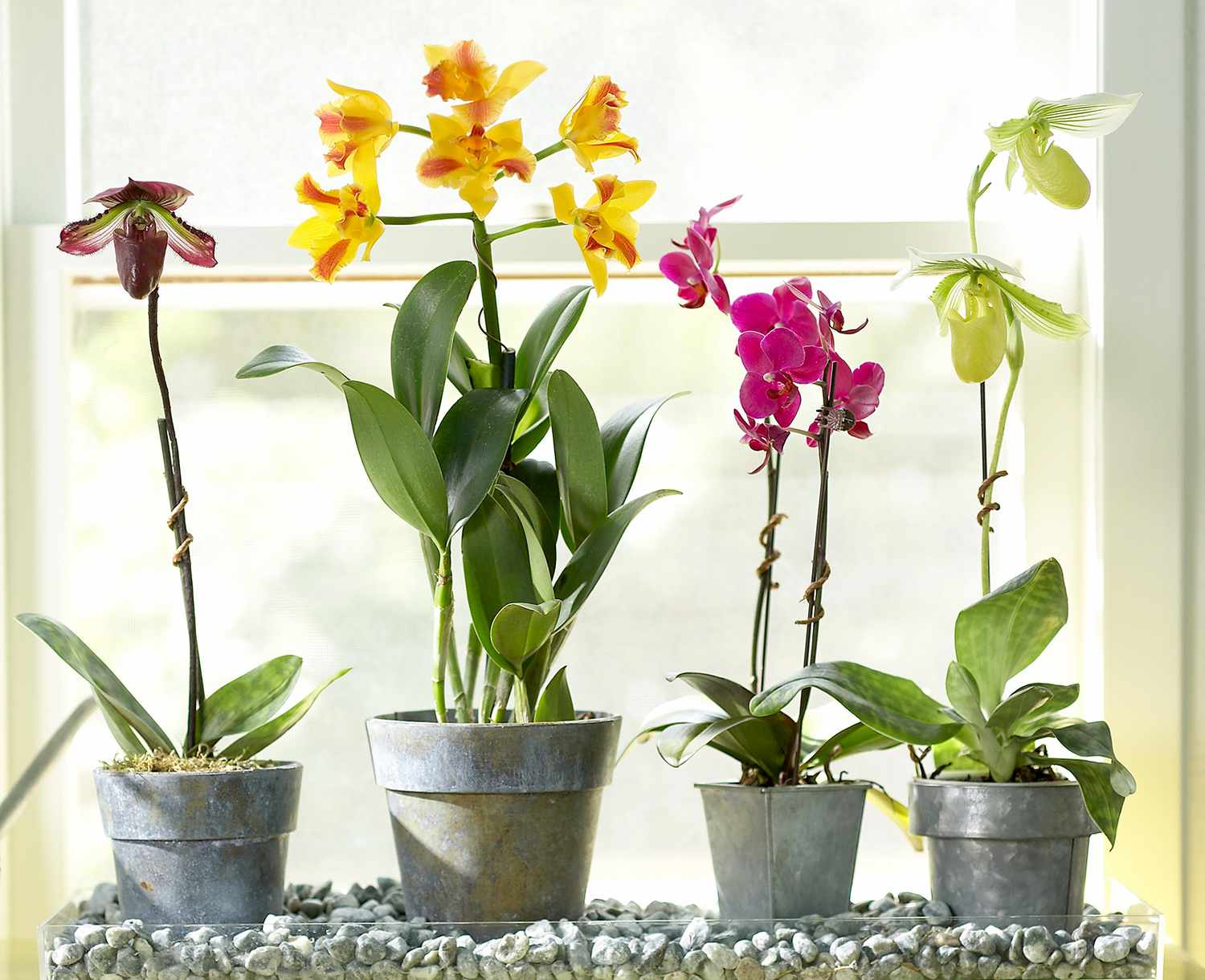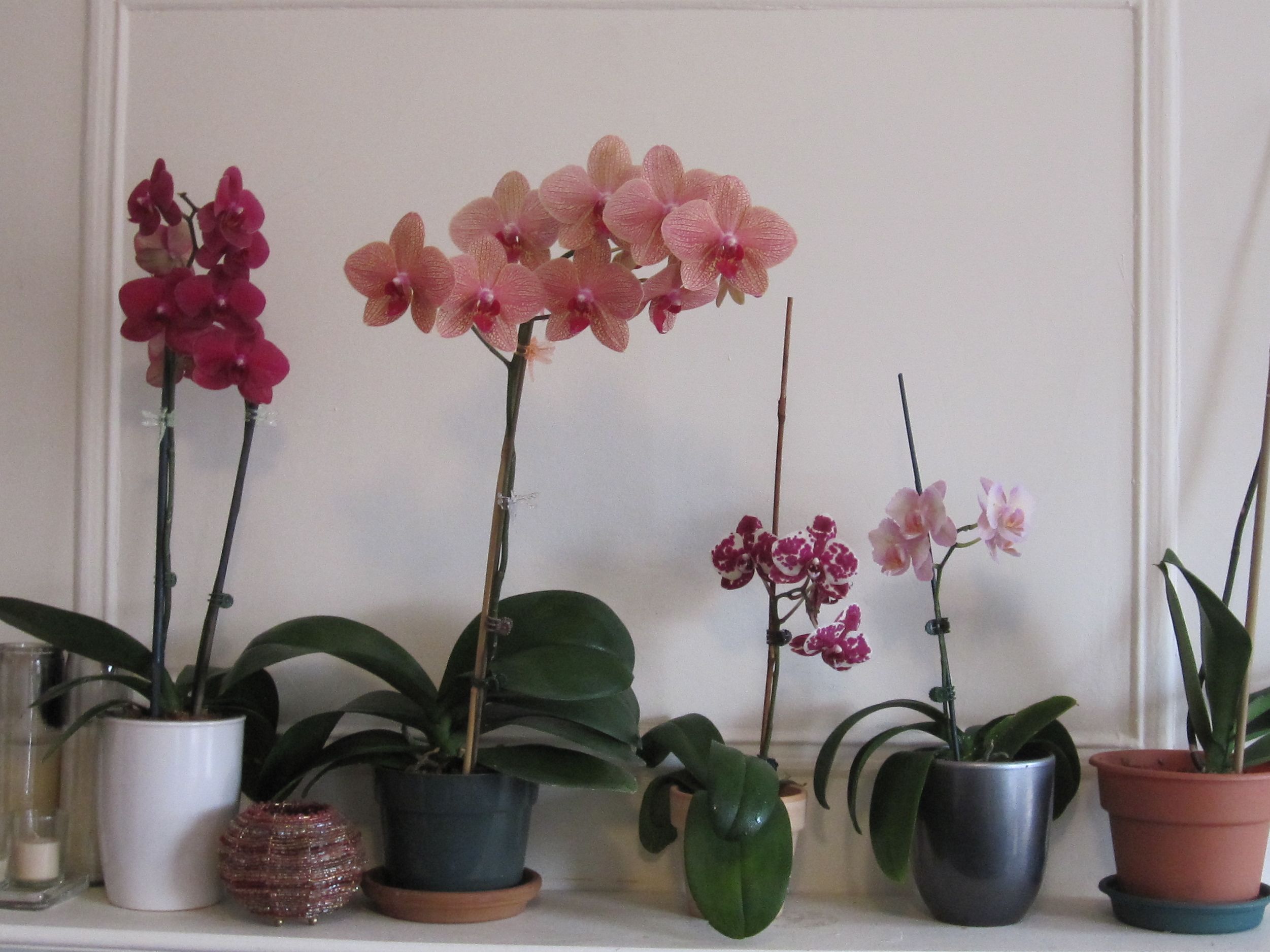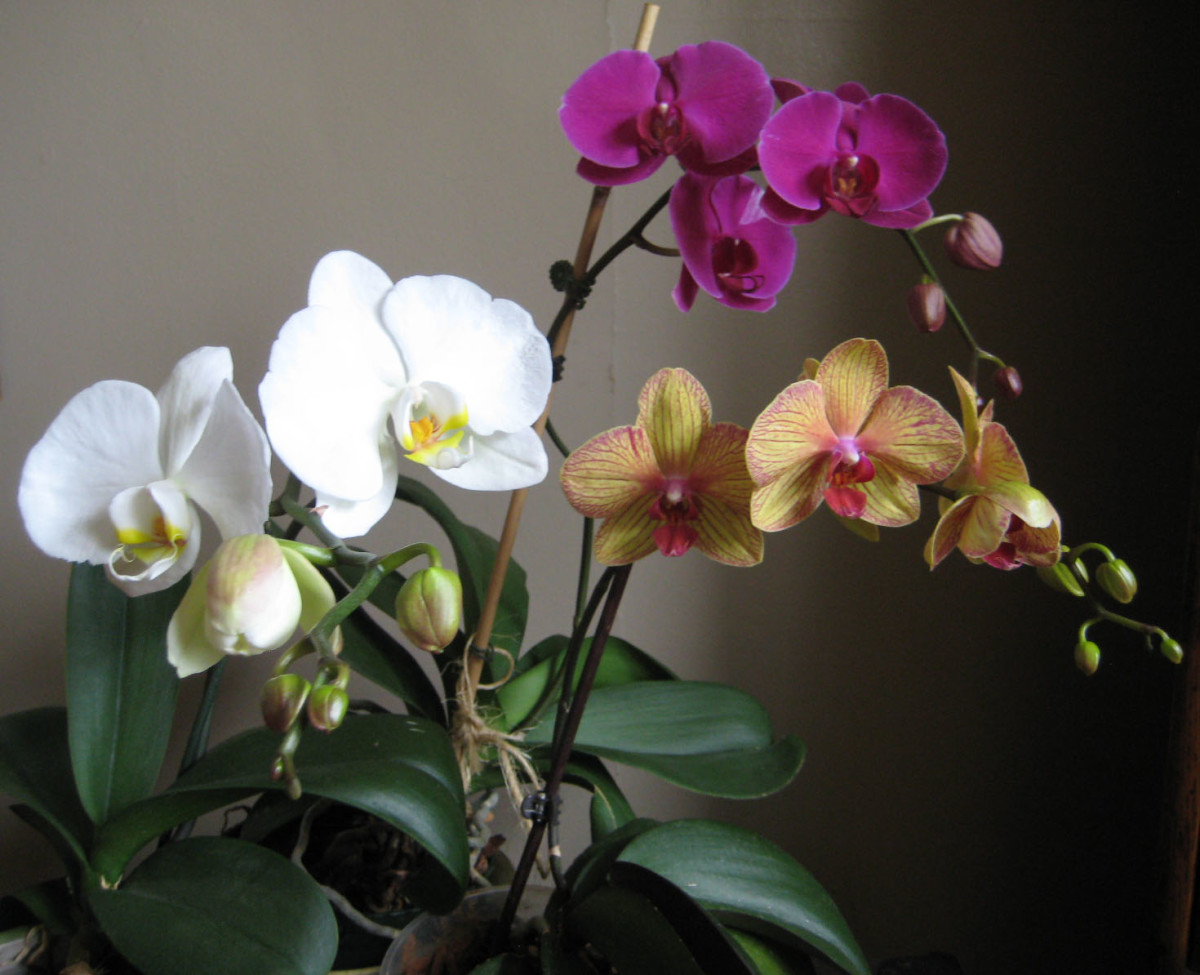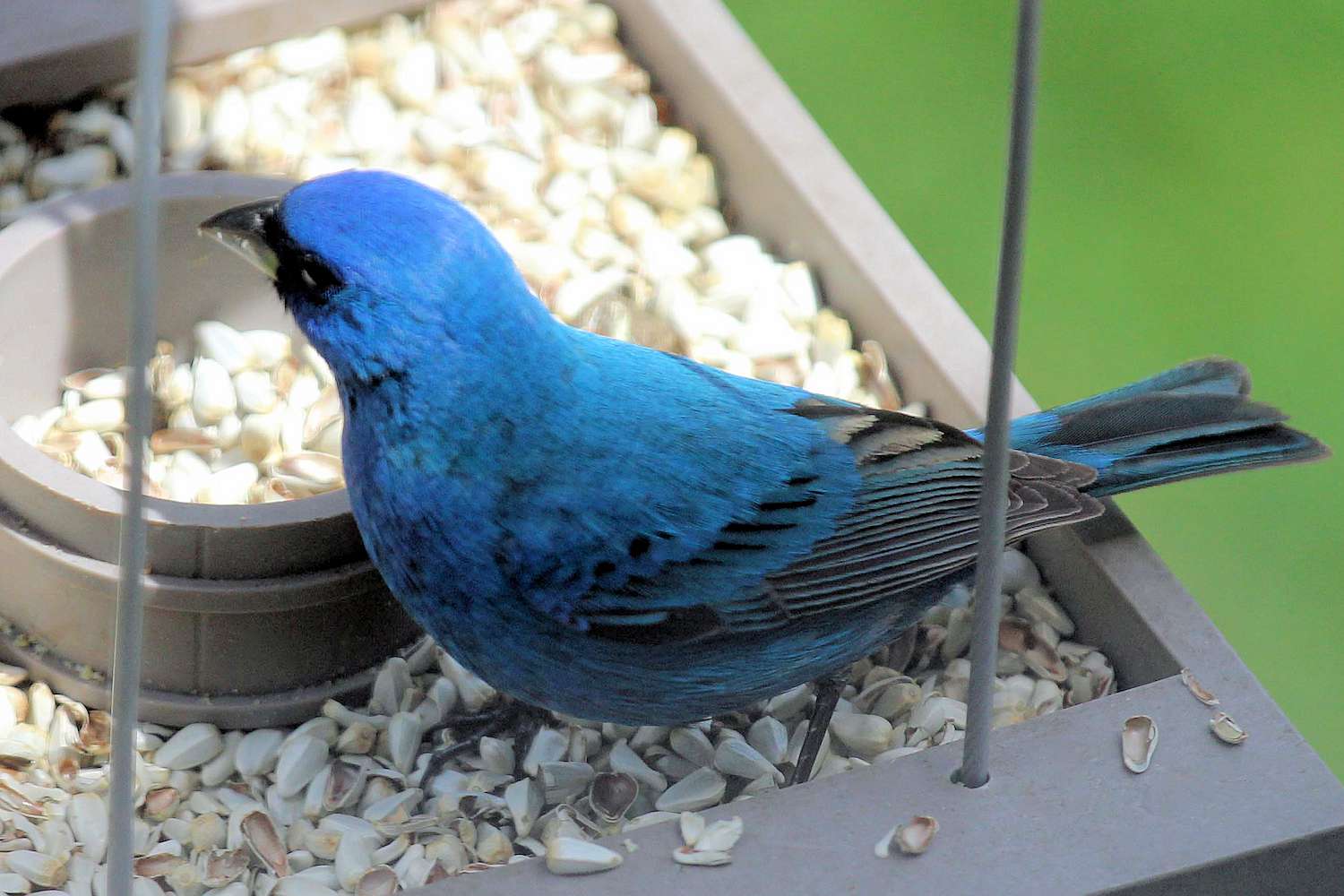Orchids require a lot of care but if you’re willing to put the time into it then it could be an opportunity for you to grow something that will last many years.
In this article, we will discuss how orchids need to be cared for indoors. Let’s dive deep into this topic.

Image Credit: http://bhg.com
Caring for your orchids
Orchids are beautiful and exotic plants that require a lot of care. They need to be kept in warm areas, away from drafts or cold air. Be sure to keep them out of direct sunlight as they are sensitive to light.
As with other plants, orchids require a good amount of water and should be watered once every 1-2 weeks depending on the humidity. The pot should have a drainage hole to ensure that excess water will not sit in the soil for too long.
You can fertilize your orchid every month using a mixed fertilizer. Do not allow the fertilizer solution to remain on the leaves as it can burn them. Instead, make sure the fertilizer is poured into the soil around the roots where it will be absorbed by the plant more easily. You can tell if your orchid needs watering because its leaves will droop slightly – don’t wait until its leaves are completely soggy.
Repotting your orchid plant
Orchids can live for a long time, however, they require repotting every 2 – 3 years to provide fresh nutrients and soil.
You also need to decide what size pot you want your orchid in. They tend to either be smaller pots for younger plants, or they can grow into bigger-sized pots as they age depending on how their flowers mature. You should consider using clay or plastic pots as both have been known to work well with orchids.
You must use the right type of soil as this will ensure that water doesn’t sit at the bottom of the pot and over saturate the roots. That being said, it is equally important that excess water can drain from the pot.
When you are ready to repot your orchid plant, choose a new pot that is only 1 size larger than the previous one. It is important to slowly transition your plant from a small pot to a bigger pot as this helps prevent water-logging and shock which could kill the roots. Only make amendments to your orchid’s soil when it is completely dry – never do so when it is wet since this will activate fungus growth.
Here are some steps on how to properly repot an orchid plant:
Remove your orchid from its old pot
Carefully remove the orchid plant from its old pot by gently squeezing it on the sides of the pot until you feel the root ball loosen.
dd some new, fresh potting soil
Using a clean pot, add your pre-moistened commercial orchid bark mix to allow for proper drainage so that excess water can flow out.
Remove any dead leaves and roots
Using a clean pair of cuticle scissors remove all dead roots and leaves. If there are any black spots on it then this is most likely an indication that the plant has been infected with fungus.
Repot your orchid into its new pot
Gently place the orchid into its new pot and push down on the root ball so that it is secure in its pot. Add more soil around the outside of the root ball until it is completely covered.
Water your orchid plant
You can now carefully water your orchid to ensure that it is well hydrated, but again do not allow any liquid to sit at the bottom of the pot. You should never have to repot your orchids at any time other than every 2-3 years, which you will know due to their roots growing out through the drainage holes. If this happens then simply remove some of them before repotting.
Cutting off any dead roots
It is important to periodically cut off any dead roots as they can cause your orchid plant to rot and die. You should only do this when the soil is completely dry, and not when it is wet since this will activate fungus growth.
1) Find the dead roots that you wish to remove by gently running your hand through the root ball. You can tell which ones are dead rather than alive because they will be totally dry and somewhat brittle, whereas live roots are moist and pliable.
2) Remove them using a pair of clean cuticle scissors or sharp knives, making sure you leave at least 1/2 inch behind. You should also try to angle yourself so that you avoid cutting any living roots as well.
3) If there is still some of the brown root left after removing it with your cuticle scissors then simply break it off using your fingers. This ensures that nothing is left for fungus to feed on which could ultimately kill the plant.
Preventing fungus from spreading
You must remember to remove any dead leaves and roots as these can lead to the spread of fungus within your orchid plant. If there is a black spot on it then this is an indication that the plant has been infected with fungus and should be removed immediately so as not to encourage further growth.
1) You should start by removing all dead parts of your orchid using fresh cuticle scissors.
2) Next, use a cotton swab to lightly rub alcohol around the area where you will be making your cuts – this will help kill off any remaining fungus that could otherwise cause further infection.
3) Lastly, use a fresh cuticle to very carefully remove the fungus, making sure that you do not remove any living tissue.
Giving your orchid the proper amount of light
You should make sure that you place your orchid in an area that receives at least 6 hours of sunlight per day. If the leaves are pale green then this is a good indication that it isn’t receiving enough light. However, if the leaf tips are turning brown then this means that it gets too much sun which can scorch its leaves, so try to move it elsewhere. You can also use artificial lighting instead since these will never burn your plant. Please note, however, that only certain types of orchids should be kept indoors.
The type of orchid you have should determine where you’re going to keep it. Some orchids prefer indirect light, while others need a lot of direct sunlight.
Pruning your orchids
After your orchid plant has flowered, it is important to prune the stem.
Follow these steps to correctly prune your orchids plant:
Cut off any dead or dying leaves by cutting the stem just beneath the leaf.Always cut at an upward angle to maximize water intake.If you want, also prune flowers so it encourages further flowering.Remove all diseased and sickly parts of the plant.You mustn’t touch the “bud” of your flower while pruning as this can affect its development. Do not use chemicals on your orchid plant while pruning either.
Also, pruning should be done naturally without using any harmful products.

Image Credit: http://almanac.com
How to care for orchids indoors- FAQs
My orchid is flowering, do I repot it now?
No. Paphs are the exception to this rule as they will flower just before they are due for repotting, after which you should not water them for three weeks.
How much water should I give my orchid?
Allow your orchid to dry out completely between watering, use rainwater if possible, and never use softened water. Use a liquid fertilizer every other week during Spring and Summer.
How do I plant roses in my garden?
If you want to plant roses, dig a hole twice the size of the pot and put some fertilizer in it. Carefully remove your rose from its pot and gently tease the roots apart so there’s plenty of room for them to grow. Place it in the hole and fill it with soil, pressing down firmly as you do so. Water thoroughly after planting.
When is the best time to plant my brush box?
Brush boxes are typically grown from seed which will germinate at any time of year given enough warmth, light, and moisture – however, they can also be planted when adults if conditions are suitable or purchased as container-grown plants. Soil should be moist yet well-drained, acidic (pH 5-6) neutral (pH 7), or alkaline (pH 7), and exposed to full sun or partial shade.
How do I grow cilantro at home?
Cilantro loves warm weather. You can grow cilantro in your garden almost any time of the year, but spring and summer are the high seasons. Soil should be kept slightly moist until seedlings emerge – after which point you would want it slightly dryer. Cilantro thrives best in full sun, or partial shade with six hours of sunlight or more per day.
Final thoughts on how to care for orchids indoors
In conclusion, orchids require a lot of care but if you’re willing to put the time into it then this is an opportunity for you to grow something that will last many years.
Keep the above tips in mind and you’ll have beautiful-looking orchids that you can be proud of.
The post How To Care For Orchids Indoors appeared first on Kitchen Infinity.
Did you miss our previous article…
https://chefbuano.com/?p=817









